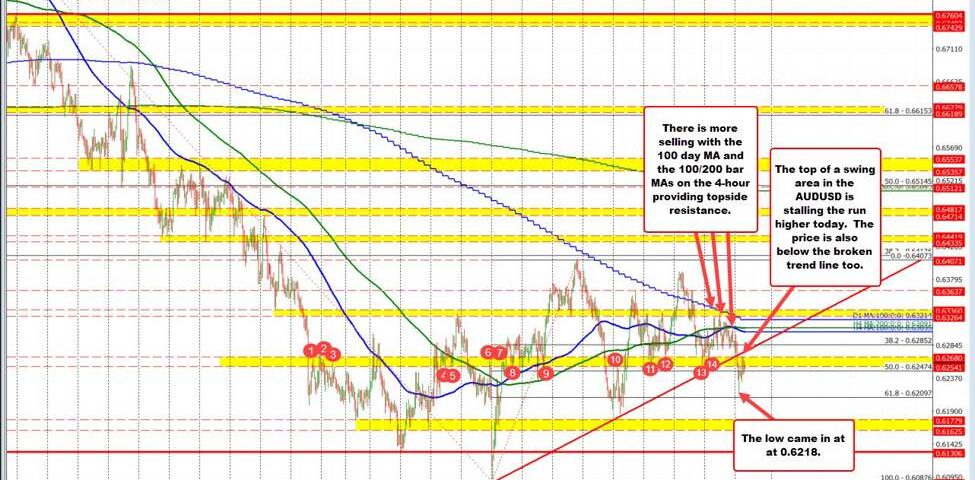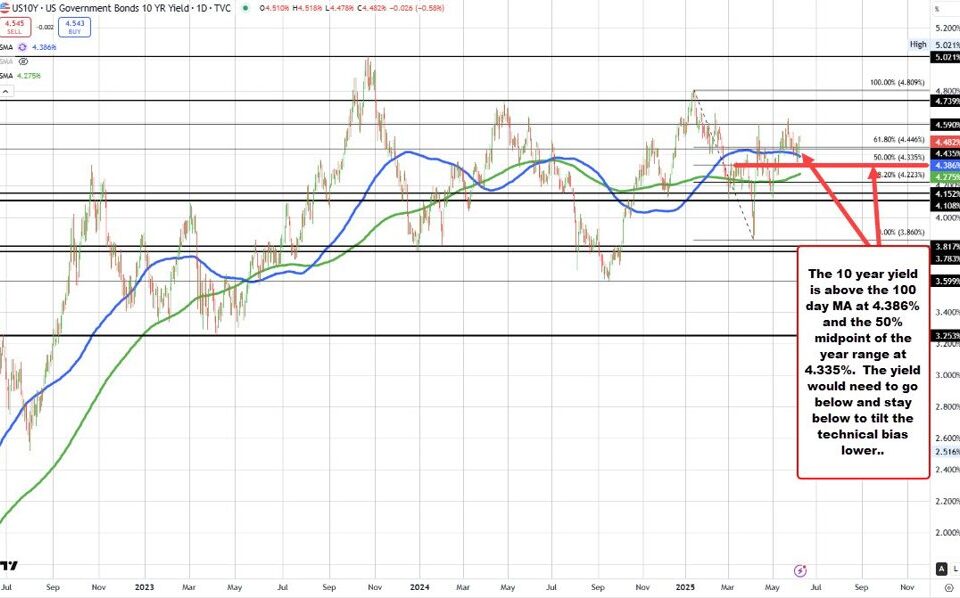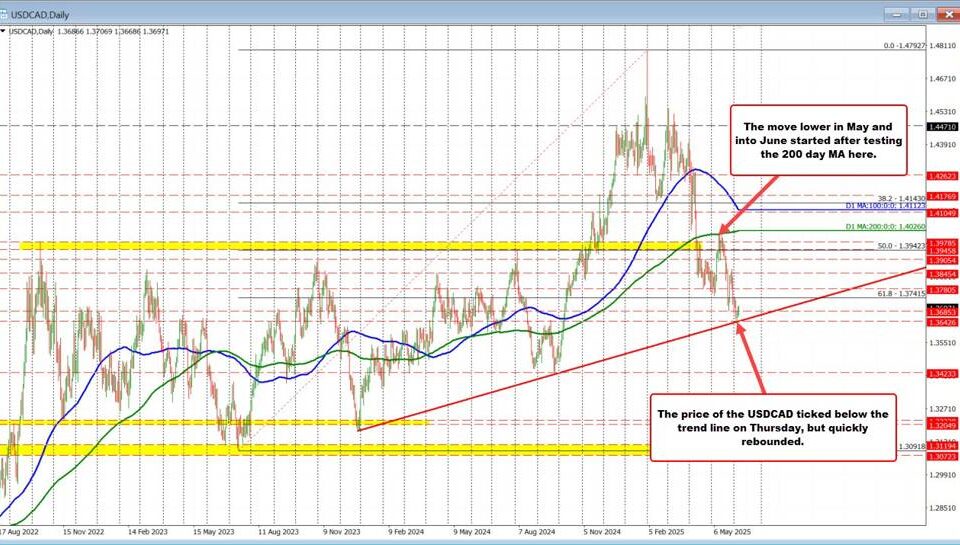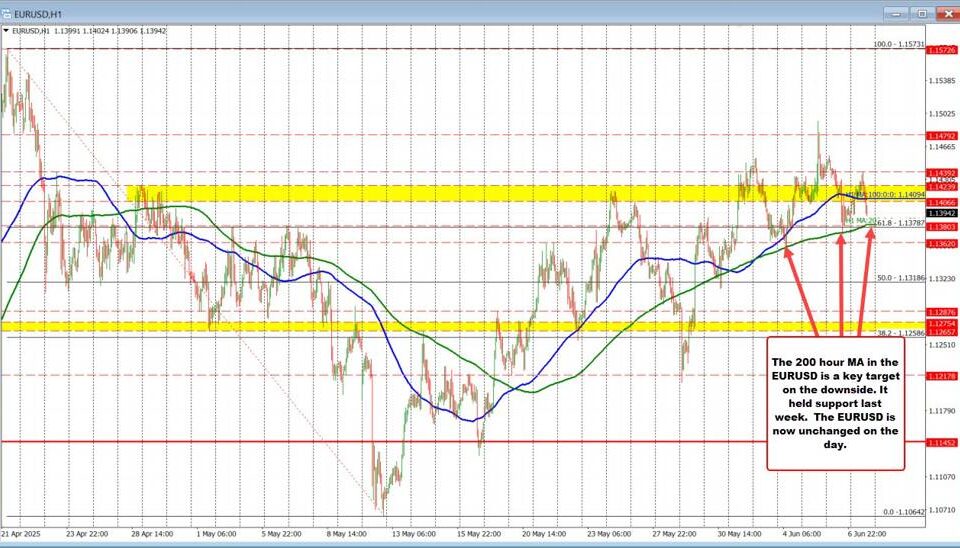US Dollar Struggles as Treasury Yields Plummet: What It Means for Investors
Tháng 4 1, 2025
Donald Trump’s Bold Tariff Proposals: A Game Changer for U.S. Trade?
Tháng 4 1, 2025Recent RBA Developments and the AUDUSD Response: What You Need to Know
The Reserve Bank of Australia (RBA) has recently announced that it will maintain the official cash rate at 4.1%, a decision that aligns seamlessly with market expectations. This development underscores the RBA’s cautious approach to navigating the delicate balance between inflation control and fostering economic growth.
Evaluating Inflation Trends
One of the most significant insights from the RBA’s latest meeting is the encouraging news regarding inflation. Headline inflation has dropped to 2.4%, which falls comfortably within the RBA’s target range of 2-3%. This decline in inflation rates signifies that the RBA’s disinflation efforts are beginning to yield results, alleviating some concerns among investors and consumers alike. The reduction in inflation not only signals a stabilizing economy but also indicates that the pressure on the RBA to take aggressive action in terms of interest rates is lessening.
Economic Conditions and Consumer Sentiment
Despite the challenges of maintaining economic momentum, recent data suggests that household consumption is on an upward trajectory. Supported by an environment of low unemployment and moderate wage growth, households are gradually regaining their purchasing power. This improvement in consumer sentiment is crucial as it can lead to increased overall economic activity, which the RBA closely monitors when making monetary policy decisions. The RBA’s cautious optimism indicates a recognition of these supportive trends, which could eventually lead to more significant economic improvements.
Looking Ahead: RBA’s Cautious Stance
As the RBA contemplates its future monetary policy actions, the emphasis on gathering additional economic data becomes critical. Their ongoing assessment of GDP and inflation rates will play a key role in determining when and how to adjust the cash rate in response to evolving economic conditions. The forthcoming release of economic data will likely be scrutinized by analysts and investors alike, with particular attention paid to any indicators that may signal a change in the current economic landscape.
AUDUSD Movement and External Influences
In the face of these RBA developments, the Australian Dollar has shown signs of consolidation against the US Dollar. Factors such as apprehensions surrounding global economic stability, augmented by the threat of tariffs under President Trump’s administration, have created a complex backdrop for the Australian currency. These external pressures not only influence market sentiment but also add another layer of complexity to the RBA’s rate decision-making process. For more on how international dynamics can influence currencies like the AUDUSD, consider exploring the insights provided in China’s strategic moves.
Next Steps and Future Outlook
The RBA’s next scheduled decision regarding the cash rate will take place on May 20. This upcoming meeting allows more time for the RBA to digest new economic indicators that may emerge in the interim. Traders and investors will be keenly observing these developments, as any shifts in monetary policy could substantially impact the AUDUSD exchange rate. For ongoing discussions about navigating the complexities of trading and investing, you can read more at EA Trading.
In conclusion, the RBA’s careful balancing act continues to create ripples in the market. With improving inflation metrics and economic conditions, the focus now shifts to future rate decisions that will dictate both economic policy and currency movements in the months to come. As stakeholders navigate these uncertain terrains, maintaining a holistic view of both domestic and international financial landscapes will be essential.




